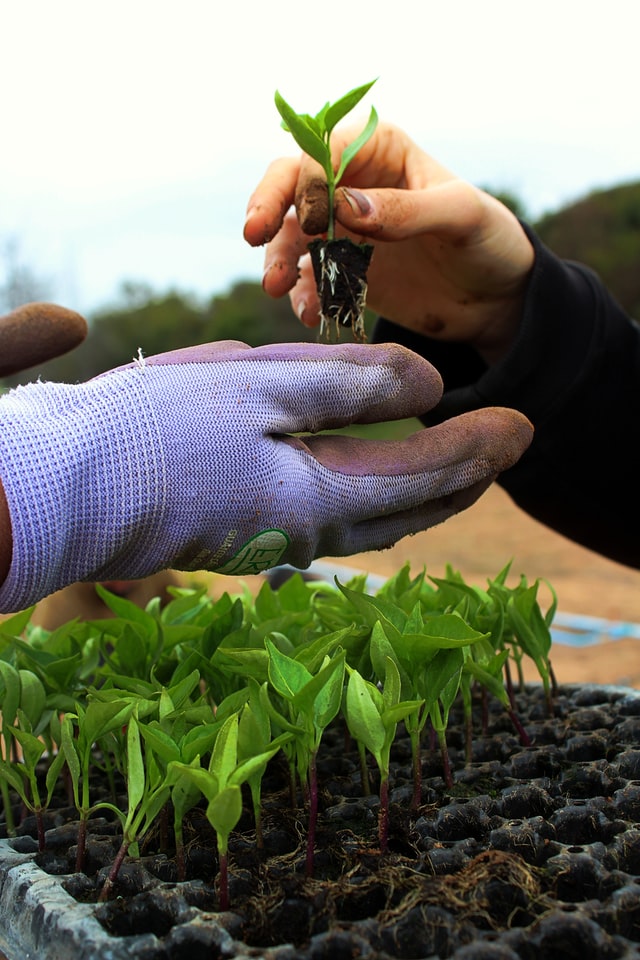Category: Parenting
-

Avant! Welcome to my parenting blog archives
My children are grown, my interests have moved on, so this blog is no longer being updated. However, there’s good stuff here, much of it as true now as when it was written. Please feel free to browse, or click the headline above to access quick links to my favorite topics. One last piece of…
-

On raising a “tryer”
One of the major issues that parents struggle with is food. Why, living in a time and place of plenty, is food such a struggle? Food choices often relate to family harmony, neurodiversity, gender, relationships with grandparents, health… In other words, food is related to everything in a way that few other aspects of human…
-

Trust the Transfer
“This was not my idea. I don’t want to be here.” In my goal-setting course and in my book Homeschool with Confidence, I walk teens through the process of setting and achieving goals. And each semester, I ask the students to tell me whose idea it was for them to be there. Since 2016, only…
-

Resist irrationality: fight or flight in a time without lions
We humans obviously needed our fight or flight response in the past. When faced with a hungry lion, we needed to be able to bypass our pre-frontal cortex “professor brain” and act quickly. But although fight or flight is very useful in situations of physical danger, it’s become maladaptive for modern times.
-

Transgender support: healthcare, education, and community
Recently, Rep. Jimmy Panetta reached out to PFLAG to suggest a listening session about issues faced by transgender people, their families, and their communities. The meeting took place in the back yard of the Diversity Center with representatives from PFLAG Santa Cruz County and the TransFamilies of Santa Cruz County,. We were graced with the…